
North American Native Fishtanks • Burbot (Lota lota) (Image Source)
The Burbot Lota lota is the only truly freshwater member of the cod family (Gadidae) and one of only two species of freshwater fish that have a circumpolar range (McPhail and Lindsey 1970; McPhail and Paragamian 2000). Two subspecies of Lota lota have been documented: Lota lota maculosa, which is found exclusively in North America from south of Great Slave Lake in Canada to the southern limit.
Big Fishes of the World BURBOT (Lota lota)
The only member of Lotidae family which lives in freshwater. Crepuscular and nocturnal (Ref. 11941).Adults are found in well oxygenated flowing waters and large, deep lakes as well as large rivers with slow-moving current (Ref. 5723, 10294).They occur from estuaries of large lowland rivers as well as from small mountain streams, preferring deep waters in summer (Ref. 59043).

Burbot Lota Lota Swimming Freshwater Fish Lota Lota Underwater Photography — Stock Photo
An introduction to the most important information about Lota lota (Burbot).

Freshwater Fish Burbot Lota Lota Stock Photo Image of lotidae, head 111346896
This study was based on 1,285 burbot (Lota lota) collected in three areas in southwestern Lake Superior in 1966-69. Age was determined from otoliths, the marginal zones of which were opaque from December to May and translucent from June to November. Average lengths of the age groups and annual increments were measured from a curve fitted by inspection to point estimates of lengths at capture.
epätrendikäs ruokablogi Lota lota fish & chips made in Finland
At the larval stage, month-old burbot begin exogenous feeding, consuming food through the mouth and digesting in the intestines. Burbot at the larval stage and into the juvenile stage feed on invertebrates based on size. Under 1 cm, burbot eat copepods and cladocerans, and above 1 and 2 cm, zooplankton and amphipods.

Made (lota lota) napapiirin Miekojärveltä Lapin Villikala Lapland Wild Fish Miekojärvi
Idaho Fish and Game. Hunting; Fishing; Licenses; Wildlife; Education; Enforcement; Contact Us; Report A Problem; Employment; Volunteer; Privacy
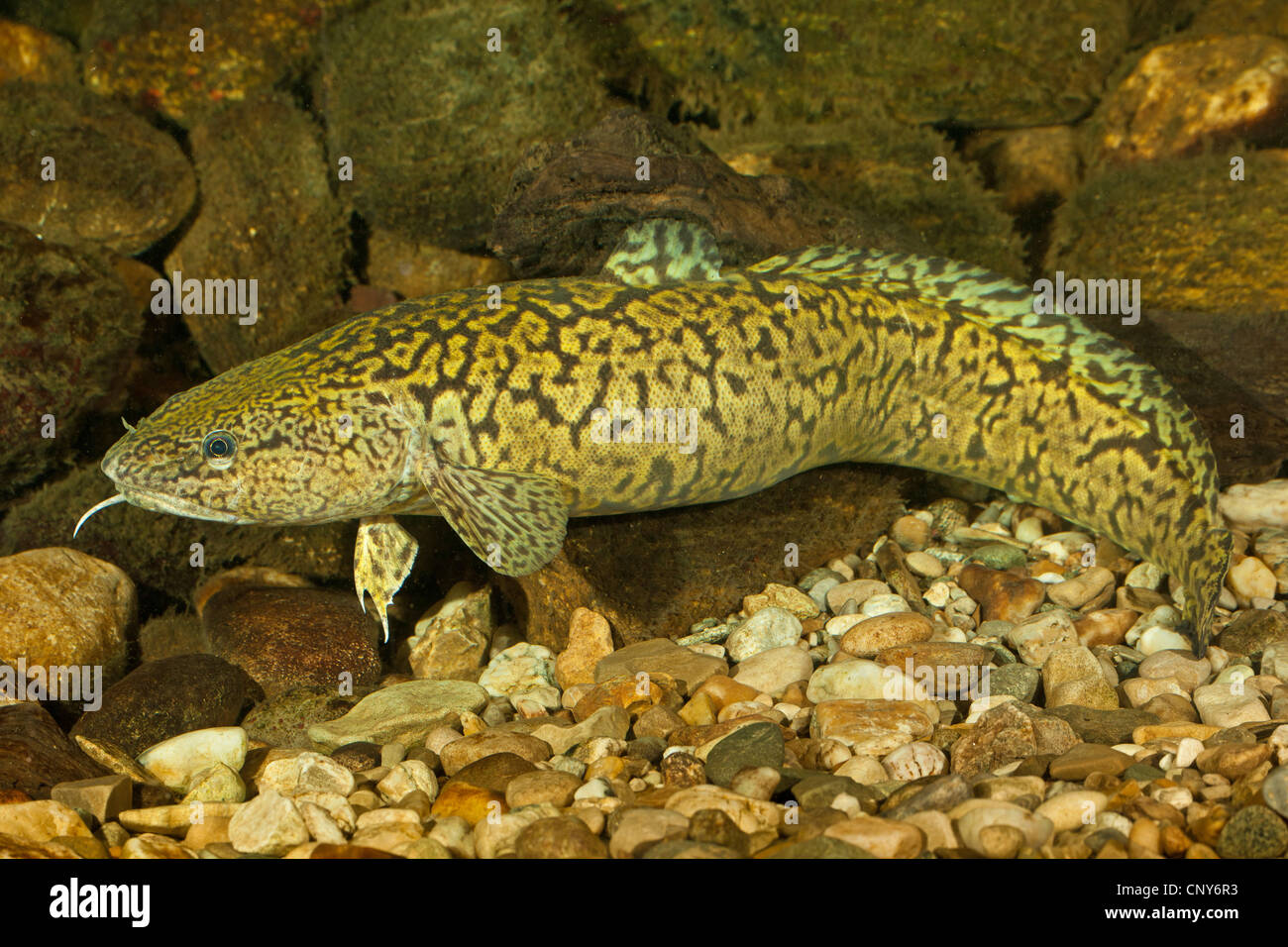
burbot (Lota lota), at the pebble ground of a water Stock Photo Alamy
Though reaching a length of 46 inches, it averages half that. The hindmost dorsal fin and the anal fin are quite long and nearly equal in length. Both of these fins are separated from the rounded tail fin. A pair of pelvic fins is situated in the throat region in front of the large pectoral fins. A barbel-like tube extends from each nostril and.

burbot (Lota lota), young fish, side view, Germany Stock Photo Alamy
What do they look like? Burbot are large fish known to grow to as much as 1.5 m in length and 34 kg in mass (Morrow 1980). These fish are yellow, light tan, or brown with dark brown or black patterning on the body, head and most fins.
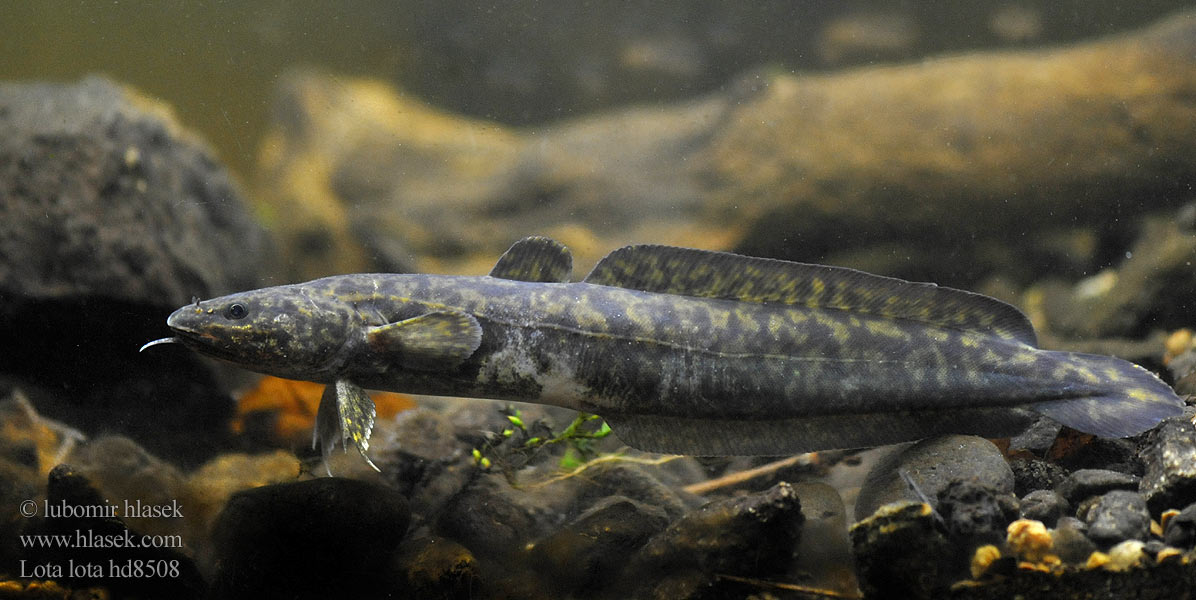
Lota lota Burbot eelpout Мянтуз Mník jednovousý Quappe Trüsche Trische Treische Rutte Ruppe
Physical Description. Burbot are large fish known to grow to as much as 1.5 m in length and 34 kg in mass (Morrow 1980). These fish are yellow, light tan, or brown with dark brown or black patterning on the body, head and most fins. The underbelly and pectoral fins are pale to white (Cohen et al. 1990; Morrow 1980).

Burbot (Lota lota). Swimming freshwater fish Lota lota, underwater photography in the clear
Burbot. The burbot ( Lota lota ), also known as bubbot, [2] mariah, [3] loche, cusk, [4] freshwater cod, [5] freshwater ling, freshwater cusk, the lawyer, coney-fish, lingcod, [6] or eelpout, is a species of coldwater ray-finned fish native to the subarctic regions of the Northern hemisphere. It is the only member of the genus Lota, and is the.

Burbot Lota Lota Swimming Freshwater Fish Lota Lota Underwater Photography — Stock Photo
Working with others to conserve, protect and enhance fish, wildlife, plants and their habitats for the continuing benefit of the American people.
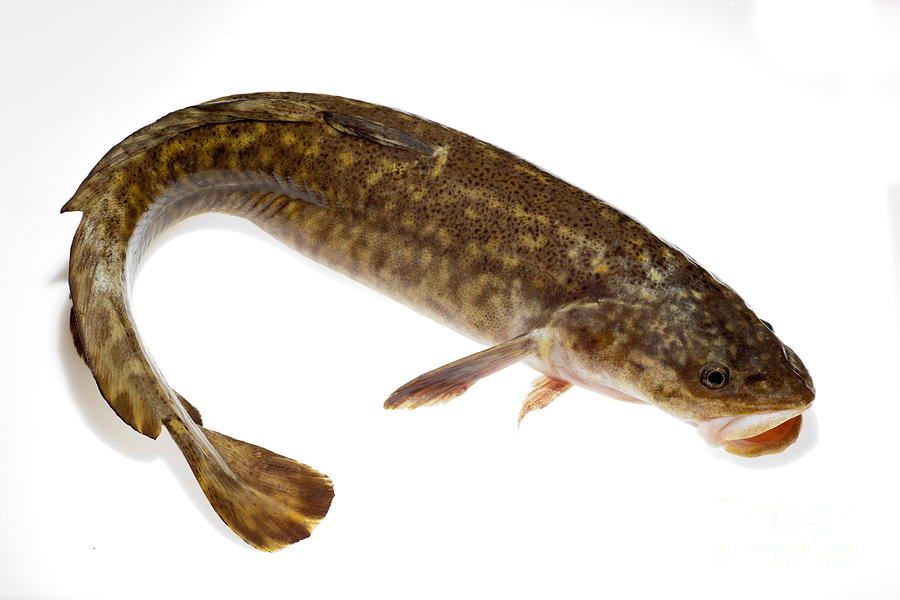
Burbot Lota lota isolated on white Photograph by Stephan Pietzko Fine Art America
1. Introduction. The burbot (Lota lota) is a holarctic, cold-water stenotherm that undertakes long migrations during the spawning season (mid-winter) and reproduces externally [], meaning the temperature affects its life cycle and fertilization.The optimum feeding temperature, optimum spawning temperature, and maximum critical temperature (CTmax) are 12 °C, 1-4 °C (often under ice), and 12.
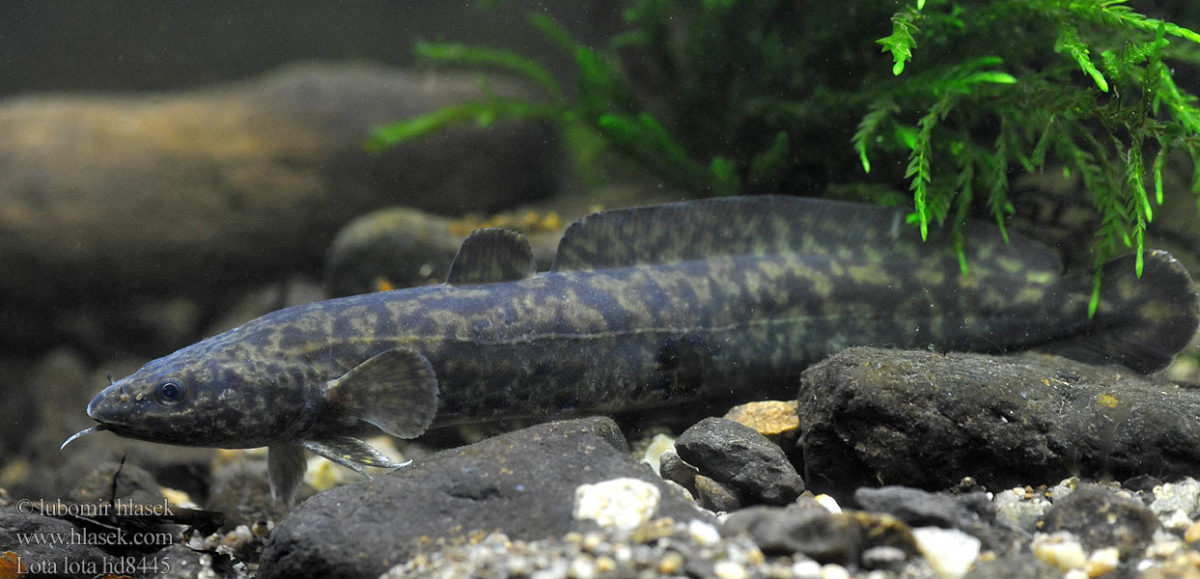
Burbot (Lota lota) adriaticnature
Sprinkle salt and pepper on the burbot fillets. Roll them in flour or cornmeal or a mix of both. Place the burbot fillets skin-side down in a heated heavy iron skillet with 2 tablespoons of shortening. Flip when the fish turns golden brown on one side and cook till it is done. Serve the burbot with lemon wedges.

Lota lota fish Fotos und Bildmaterial in hoher Auflösung Alamy
The burbot, Lota lota, is a widely distributed gadid of the northern circumpolar regions of North America and Eurasia. Despite its near ubiquity over much of its range, relatively little is known about its biology during the first year of life.Burbot sac-fry of 3 mm total length, hatched under the ice in early May in Shebandowan Lake. Their first foods following atrophy of the yolk-sac were.
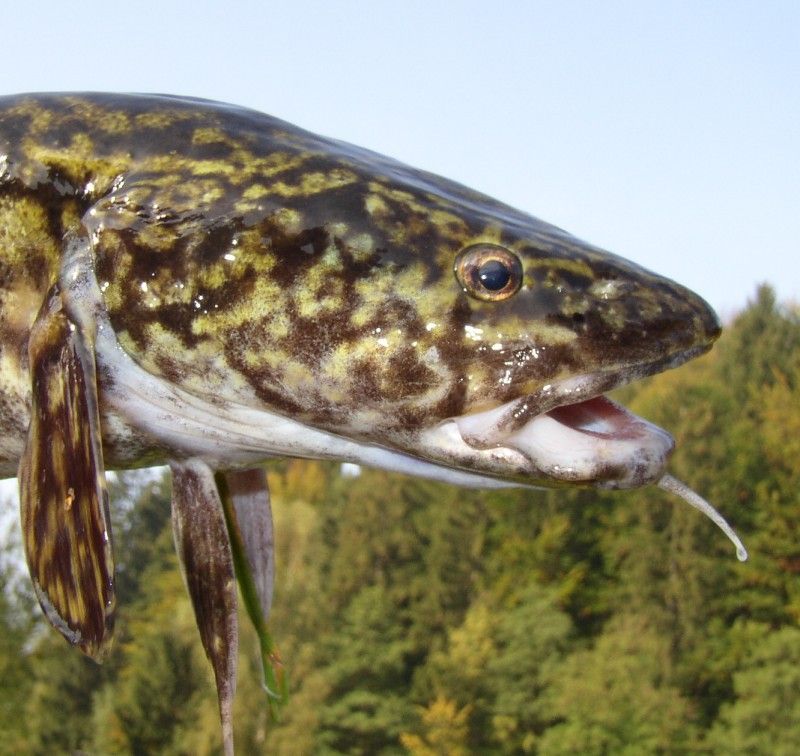
Burbot (Lota lota) Idaho Fish and Game
Rob Foster / CC BY 4.0. The burbot, often affectionately called the "poor man's lobster" or the "eelpout," is a freshwater fish native to North America and Eurasia. This species has a unique appearance and a set of intriguing behaviors that set it apart from other fish. The burbot resembles an eel with its elongated body, mottled.

Burbot (Lota lota) Stock Image Z605/1917 Science Photo Library
The Burbot Lota lota is the only truly freshwater member of the cod family (Gadidae) and one of only two species of freshwater fish that have a circumpolar range (McPhail and Lindsey 1970; McPhail and Paragamian 2000). Two subspecies of Lota lota have been documented: Lota lota maculosa, which is found exclusively in North America from south of Great Slave Lake in Canada to the southern limit of i